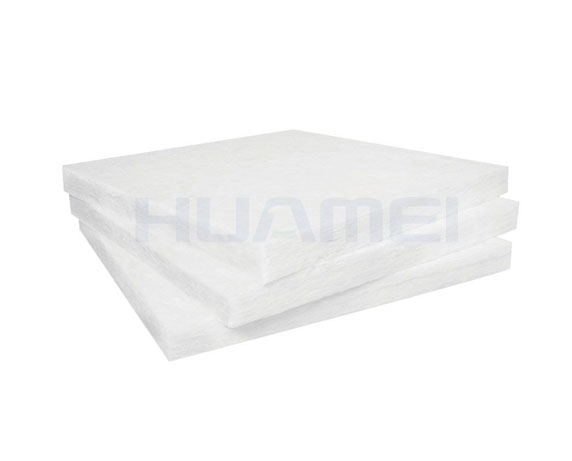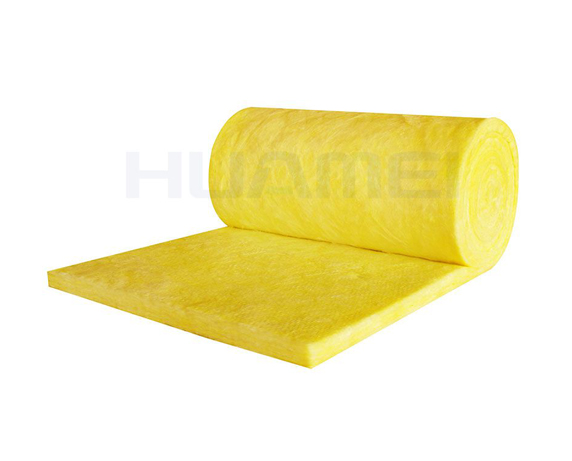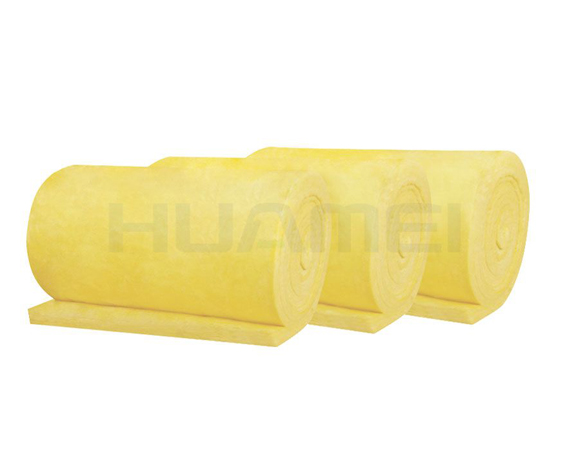E-mail: marketing@hbhuamei.com
Glass wool is mainly made of sand and recycled glass. Its extraordinary thermal properties help save energy and combat climate change.
The main components of glass wool are sand, soda ash, limestone, and recycled glass; stored in silos. The process begins with weighing, mixing, and pouring the components into the furnace. (Lintel)
The mixed components are then melted in an electric gas furnace at a temperature of over 1,400°C.
The liquid glass obtained from the furnace is later passed via a feeder to a fiberizing machine, where it is propelled through tiny holes with the help of a centrifugal spinner – creating the fibers. These fibers are sprayed with a binder and shaped into a blanket.

Formaldehyde-free Glass Wool
The blanket of fibers is passed through a curing oven, which is compressed to desired thickness.
After the final thickness is obtained, the blanket is cut to the desired width. The edges obtained during cutting are eventually recycled to avoid waste.
Prior to packaging, the mats are rolled with the help of a rolling machine equipped at the end of the line. A stacker is provided for the boards.
As per the necessity, the glass wool can be compressed up to ten times it is the volume for palletization. In total 36 rolls of glass obtained in the process could be packed onto a single pallet. (Soak Pit)

Centrifugal Glass Wool
Glass wool is an insulating material made of glass fibers called borosilicate glass, arranged with an adhesive to form a wool-like texture.
Glasswool provides the industry with high-quality insulation materials for different applications and temperatures that are flexible to mechanically resistant, lightweight, and highly compressible wool.
Glass wool is used in partitions, roofs, ceilings/vaults, floors, metal buildings, and industrial and automotive insulation.
Glass Wool is used as an insulation and coating that saves energy by effectively reducing the rate of heat transfer through the components of the house. Glass wool provides insulation that maintains the building envelope, keeping the heat in during the winter, but allowing us to vent the heat in the summer to improve comfort and save energy.

MLEX Glass Wool
Both are the same ingredient as glass wool can sometimes be referred to as glass fiber insulation or fiberglass.
Glasswool is increasingly popular and poses no health or environmental hazards. It is one of the most commonly used insulating materials and has many advantages.
In general, the thermal conductivity of glass wool ranges between 0.023 and 0.040 W/m∙K. Thermal conductivity is defined as the amount of heat (in watts) transferred through the squared area of any given thickness (in millimeters) of material due to temperature differences.
For more information about the glass wool properties, welcome to contact us at +86 22 2626 2121 or write to us at marketing@hbhuamei.com. We will be happy to help you out!
Copyright © Huamei Energy-saving Technology Group Co., Ltd. All Rights Reserved | Sitemap | Privacy Policy
Insulation solutions LIST: Insulation solutions LIST